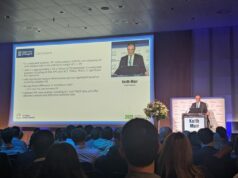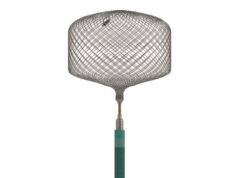The final of the PROCO trial results showed that patients received equivalent pain relief from 1 kHz to 10 kHz with appropriate neural dosing while requiring significantly less charge than higher frequencies. The PROCO randomised controlled trial is a multicentre, double-blind, crossover study that investigated effects of spinal cord stimulation frequency (1 to 10 kHz) on analgesia (Clinicaltrials.gov identifier: NCT02549183).
Patients were implanted with spinal cord stimulation systems and underwent an eight-week search during which up to 14 stimulation locations were tested to identify the best location (“sweet spot”) of stimulation at 10 kHz within the searched region (T8–T11). An electronic diary (e-diary) prompted patients for pain scores three times per day.
Those patients that responded to 10 kHz (≥ 30% back pain relief per e-diary) proceeded to rate randomisation during which 1 kHz, 4 kHz, 7 kHz, and 10 kHz were assigned in randomised order for blinded evaluation and used for four weeks each while stimulating at the same sweet spot. Pulse width and amplitude were adjusted to optimise therapy.
Twenty patients completed rate randomisation. Pain scores for each patient were averaged over the five day evaluation period for each rate, yielding 80 data points for statistical analyses. All rates provided equivalent back pain relief. One kHz was around three times more efficient than higher frequencies and pain relief was sustained using the rate selected for three month follow-up after rate randomisation (1 kHz: n = 10; 4 kHz: n = 2; 7 kHz: n = 5; 10 kHz: n = 3).
The study provides Level I evidence for equivalent pain relief from 1 kHz to 10 kHz with appropriate neural dosing. Using 1 kHz required significantly less charge than higher frequencies.










